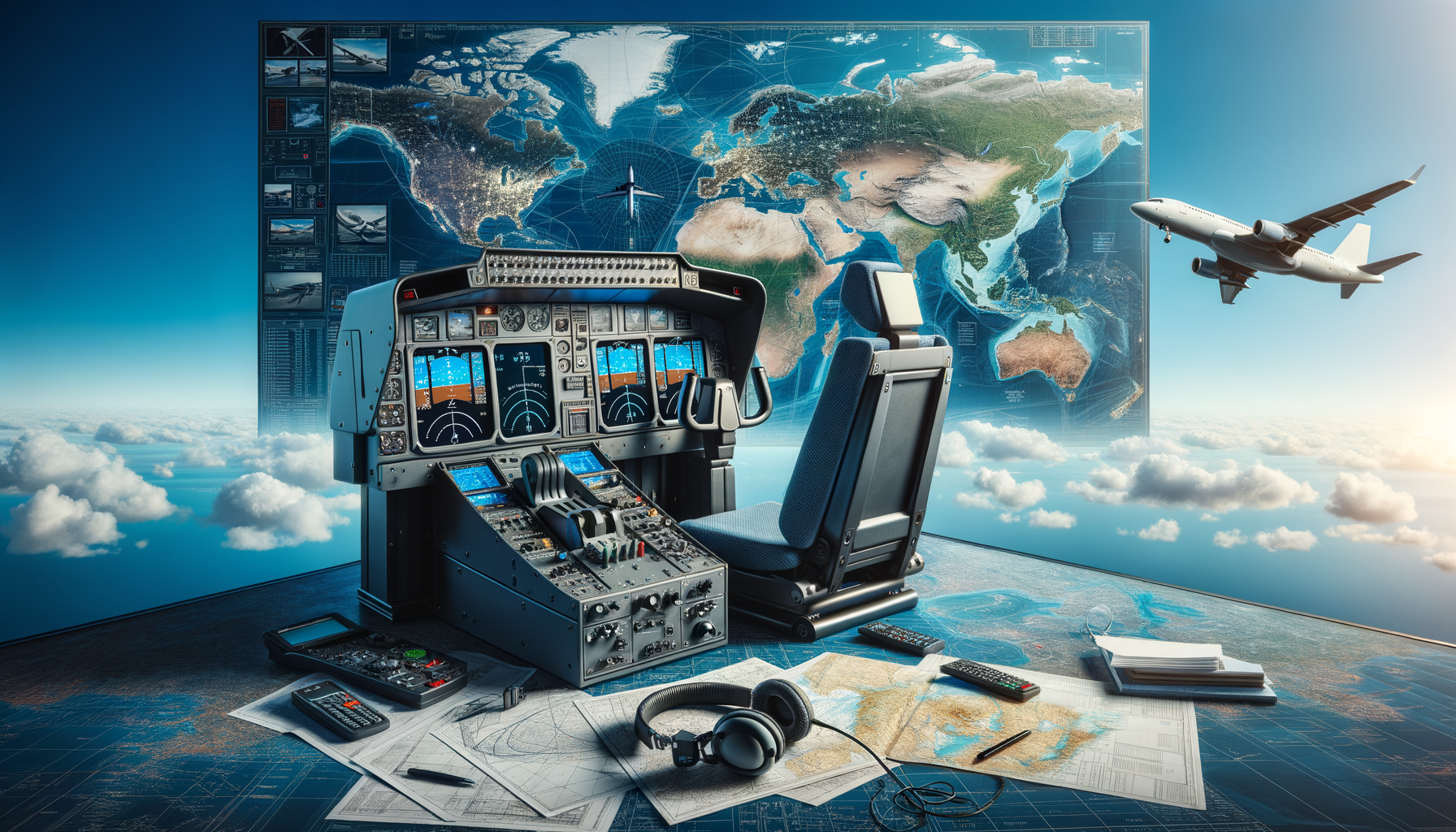
Soaring to New Heights: A Comprehensive Guide to Aviation Training
Understanding the Basics of Aviation Training
Aviation training is the cornerstone of any successful career in the aviation industry. It encompasses a wide range of disciplines, from piloting commercial aircraft to managing air traffic control. The training process is designed to equip individuals with the necessary skills and knowledge to operate safely and efficiently in the skies. At its core, aviation training includes both theoretical and practical components, ensuring that trainees are well-prepared for real-world scenarios.
The theoretical aspect of aviation training covers a variety of subjects, including aerodynamics, meteorology, navigation, and aviation regulations. These subjects provide trainees with a solid foundation of knowledge that is crucial for understanding the complexities of flying. Practical training, on the other hand, involves hands-on experience in flight simulators and actual aircraft, allowing trainees to apply their theoretical knowledge in a controlled environment.
One of the most critical stages in aviation training is obtaining a pilot’s license. This involves passing a series of examinations and accumulating a specific number of flight hours under the supervision of a certified instructor. The type of license required varies depending on the career path chosen, with options ranging from a private pilot license to a commercial pilot license.
Overall, aviation training is a rigorous and demanding process that requires dedication and commitment. However, for those with a passion for flying, it offers a rewarding and fulfilling career path with numerous opportunities for growth and advancement.
The Role of Technology in Modern Aviation Training
Technology has revolutionized aviation training, making it more efficient and accessible than ever before. Flight simulators, for instance, have become an integral part of the training process, providing trainees with a realistic and immersive experience without the risks associated with actual flight. These simulators replicate a wide range of scenarios, from routine flights to emergency situations, allowing trainees to hone their skills in a safe and controlled environment.
Moreover, advancements in virtual reality (VR) and augmented reality (AR) have opened new avenues for aviation training. VR and AR technologies offer trainees an interactive and engaging learning experience, enhancing their understanding of complex concepts and procedures. For example, AR can overlay digital information onto physical environments, helping trainees visualize aircraft systems and components in real-time.
Additionally, online learning platforms have made aviation training more accessible to a broader audience. These platforms offer a range of courses and resources that can be accessed from anywhere in the world, allowing trainees to learn at their own pace. This flexibility is particularly beneficial for those who are balancing training with other commitments.
In conclusion, technology plays a crucial role in modern aviation training, providing trainees with innovative tools and resources that enhance their learning experience. As technology continues to evolve, it will undoubtedly shape the future of aviation training, offering new possibilities for aspiring aviation professionals.
Career Opportunities and Future Prospects in Aviation
The aviation industry offers a wide range of career opportunities for individuals with the right training and qualifications. From pilots and air traffic controllers to aviation engineers and maintenance technicians, the industry is diverse and dynamic, providing numerous pathways for career advancement.
One of the most sought-after roles in the aviation industry is that of a commercial pilot. Commercial pilots are responsible for operating aircraft and ensuring the safety and comfort of passengers and crew. This role requires extensive training and experience, but it offers a rewarding career with opportunities to travel and see the world.
In addition to piloting, there are numerous other career paths within the aviation industry. Air traffic controllers play a vital role in managing the flow of air traffic, ensuring that aircraft operate safely and efficiently. Aviation engineers and maintenance technicians, on the other hand, are responsible for maintaining and repairing aircraft, ensuring that they meet stringent safety standards.
The future prospects for the aviation industry are promising, with growing demand for air travel and advancements in technology driving the need for skilled professionals. As the industry continues to evolve, there will be new opportunities for innovation and growth, making it an exciting and dynamic field for aspiring aviation professionals.
In summary, aviation training opens the door to a wide range of career opportunities, offering a fulfilling and rewarding career path for those with a passion for flying and a commitment to excellence.


